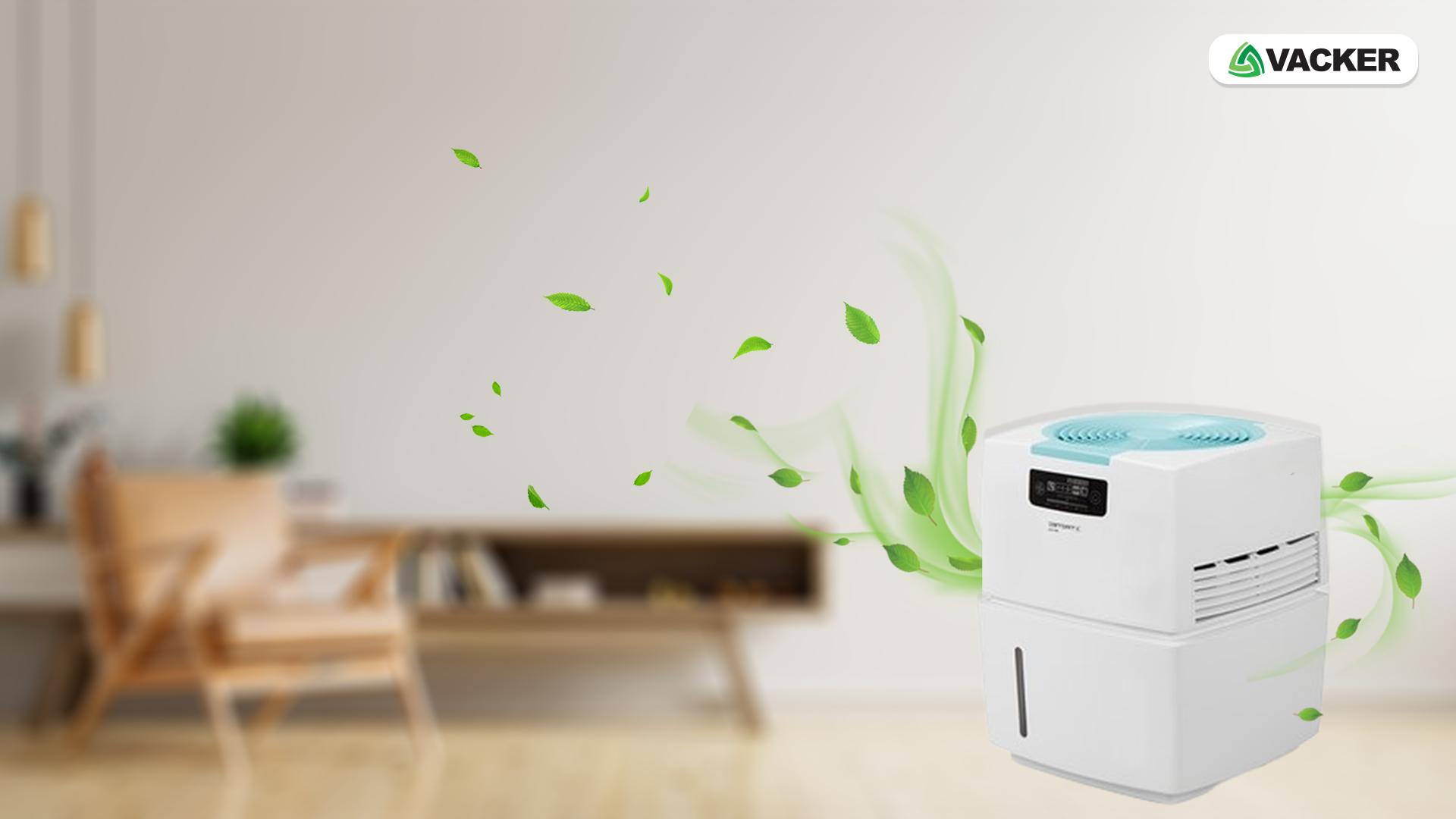
Do you worry about all the bacteria and viruses floating around in the air? Well, you should! Airborne microorganisms can cause all sorts of problems, from sneezing and coughing to more serious respiratory infections. Fortunately, there are ways to disinfect and sterilize the air using commercial or homemade solutions. Keep reading for more information on air purifier for home use.
What are Indoor Air Microorganisms?
Microorganisms are tiny living things that can be found everywhere, including in the air. Some of these microorganisms can cause infections or other health problems. While most indoor air microorganisms are not harmful, it is still important to be aware of them and take steps to reduce your exposure. There are many ways to do this, such as using an air purifier for home use or ensuring that your home is well-ventilated.
By disinfecting and sterilizing our home, we can help to reduce the number of germs, bacteria, and other organisms present. This, in turn, can help to reduce the number of infections and illnesses that we are exposed to. Disinfection is the process of using a chemical or physical agent to destroy microorganisms such as bacteria, viruses, and fungi. Sterilization is the process of destroying all forms of life including cells, spores, and microbes. Both disinfection and sterilization are important measures that we can take to help protect our health.
Best Method for Purifying the Air Quality
There are a few methods available for disinfecting and sterilizing indoor air, including:
- Using an air purifier for home use with HEPA filtration – This will help to remove airborne contaminants from the air.
- Adding plants to your home – Plants can help to improve indoor air quality by filtering out pollutants and producing oxygen.
- Cleaning regularly – Keeping your home clean and free of dust will also help to improve indoor air quality.
- Ventilating your home – Opening windows and doors to let fresh air in will help to dilute any airborne contaminants that may be present.

The Regularity to Disinfect or Sterilize the Air to Achieve Optimal Results
The frequency of disinfecting or sterilizing the air depends on a few factors, including the type of facility, the level of contamination, and the degree of risk associated with infection. For example, in a hospital operating room, the air must be sterile to protect patients from potentially life-threatening infections. In contrast, in an office building, there may be less need for sterility, but more concern about catching colds or other diseases from contaminated surfaces. Therefore, it is important to tailor your cleaning and disinfection efforts to meet the specific needs of your environment.
There are also a few things you can do to keep indoor air microorganisms at bay without using any special tools. First, try to keep your living space clean and free of dust and other particles that can act as a breeding ground for bacteria and other microorganisms. Second, ensure that there is adequate ventilation in your home to prevent the build-up of stagnant, contaminated air. Finally, consider using an air purifier for home use to remove harmful microorganisms from the air in your home.
While we can’t get rid of every last microorganism indoors, VackerGlobal has the experience and technology to make sure that your air is as clean and sterile as possible. We have a variety of services that fit all needs, so don’t hesitate to contact us today. Thank you for reading our blog post on disinfection and sterilization!
Leave A Comment